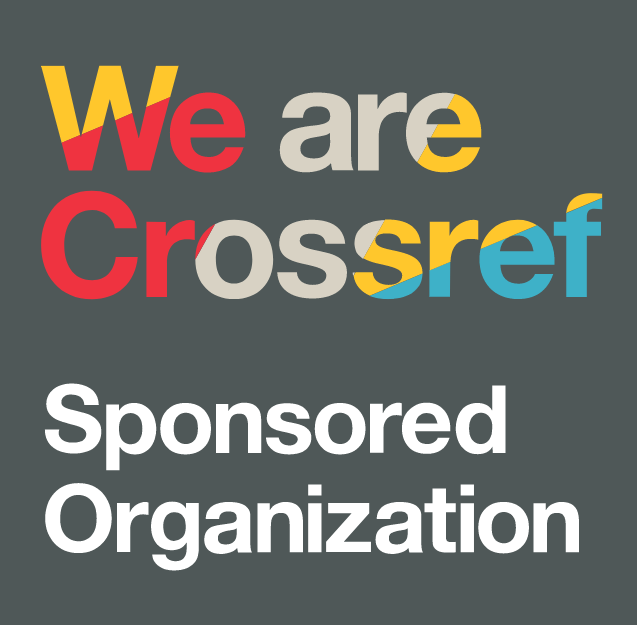MAIN MENU
TEMPLATE
INDEXING





SUPPORTED BY


![]()
JUMPENA:
Jurnal Moderasi Pendidikan Agama
Frequency: 2 issues per year
June and December
E ISSN: XXXX-XXXX
Author Guidelines
Articles must be submitted through OJS of Jurnal Moderasi Pendidikan Agama
https://e-journal.nusantaraglobal.ac.id/index.php/jumpena/about/submissions
Articles may cover various aspects of Religious Education, Religious Moderation, Tolerance, Multicultural Education, Religious Values in Education, and the Integration of Religion in Social and Cultural Life.
Articles can be written in English or Indonesian, 4000–8000 words, saved as Word Document (.doc/.docx) or Rich Text Format (.rtf); A4 paper, Font: Times New Roman 10 pt.
See the template at:
https://docs.google.com/document/d/1fMT8WPRzawtJTIcyTH7NmjeoyPbZVyif/edit
The article should include:
(a) title;
(b) name of contributor (without academic title), email, and institution;
(c) abstract;
(d) 3 or 4 keywords;
(e) introduction, methodology, results and discussion, conclusions;
(f) references; and
(g) appendices—optional.
The abstract should be written in English and Indonesian, 200–250 words. It should state:
(a) the purpose of the study,
(b) basic procedures used in the study, and
(c) principal conclusions.
Text (introduction, methodology, discussion, conclusion) should be organized under suitable headings. Recommended manuscript length is 4000 to 8000 words, including references.
Citation and references should follow the APA format.
Manuscript Preparation Guidelines
Manuscript Structure
Manuscripts should be organized as follows:
Title; Author's Name; Author's Affiliation; Abstract; Keywords; Introduction; Method; Findings and Discussion; Conclusion; Acknowledgments; References.
Paper Title
Author’s Name(s) and Affiliation(s)
Abstract and Keywords
Introduction
Method
Results and Discussion
Conclusion
Acknowledgment (optional)
References
Examples:
Angelova, N. (2014). Data Pruning (Master’s Thesis). Retrieved from http://www.resolver.caltech.edu/CaltechETD:etd-052820004-000943
Babes in Cyberspace Era. (2012). In The New Encyclopedia Britannica, 2, pp. 673–674. Chicago: Encyclopedia Britannica.
Benner, B. (2017). Executive Functioning and Aggression. American Psychologist, 67(1), 11–16. Retrieved from http://www.apa.org/journal/amp/
Caprette, C. L. (2015). Conquering the Cold Shudder: The Origin and Evolution of Snake Eyes (Doctoral Dissertation). Ohio State University, Columbus, OH.
Douglass, F. (1845). Narrative of the Life of Frederick Douglass, an American Slave, Written by Himself. In William Andrew (Ed.) (2014). Classics American Autobiographies (pp. 229–327). New York: Mentor.
Eugene, S., & Lane, D. (2004). Analyzing Casual Conversation. London: Cassell Book Limited.
Putranti, A. (2016). Maternity Care Policy in the United States (Undergraduate Thesis). Universitas Sanata Dharma, Yogyakarta.
Sagarin, B., & West, T. (2011). Critically Evaluating Competing Theories. Teaching Language, 32(3), 167–172. https://doi.org/10.1208/tl.2011.310307
Schneider, J., Whitehead, D., & Elliot, D. (2009). Nursing and Midwifery (2nd ed.). Oxford: Oxford University Press.
Seton, T. (2011, August 28). The Journey of 2,000 Miles in Search of the Caribou. Retrieved from http://www.baywood.com/journey/.asp?0091-43
LPPM Institut Pendidikan Nusantara Global
Jl. Raya Praya-Mantang KM.07 Aik Mual, Lombok Tengah - NTB 83511
e-mail: jumpena@nusantaraglobal.ac.id

This work is licensed under a Creative Commons Attribution-ShareAlike 4.0 International License.
